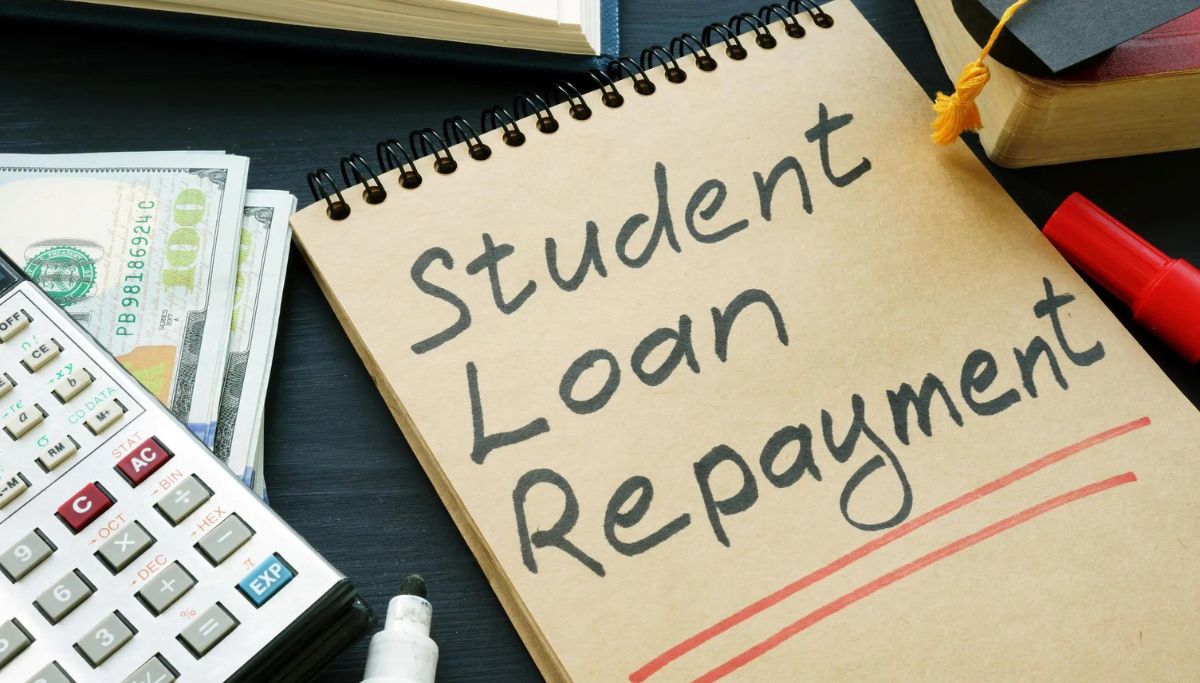It’s convenient to dream about repayment of multiple student loans very quickly, but the tough part is really achieving it. If you determine which debt payoff policies make sense considering your financial condition, set in place a schedule to keep you on track that involves daily check-ins.
Although you’ll undoubtedly need to make some short-term compromises for repayment of multiple student loans more easily, once you’re loan-free, you’ll enjoy the rewards and be pleased that you placed that additional time and funds into paying off your loans. You can be free from debt quicker than you might believe if you remain inspired to pursue the strategies.
Dealing with repayment of multiple student loans can be daunting for everyone trying to deal with it. Fortunately, many resources make it simpler to repay several lenders at the same time. Combining the right resources with a clever strategy, most borrowers can reasonably expect to save thousands of dollars on their student debt.
- Separate your multiple student loans into two groups: Federal and Private
Federal student loans have a ton of perks for borrowers. Programs like student loan forgiveness and income-driven repayment ensure that borrowers can afford their student loan bills.
However, federal perks can also be helpful for borrowers who can reasonably afford their payments. Getting a lower monthly payment on one loan could mean a borrower can attack a higher interest loan. Private loans offer less flexibility. As a result, the planning and strategy for private student loans will look much different.
- Refinance Private Loans
With private student loans, borrowers can’t look forward to loan forgiveness or help from their lenders. The key to eliminating private student debt is battling interest. All student loans generate interest daily. Borrowers with a higher-interest loan will often see interest consume the majority of their student loan payments.
The best shortcut to address interest is student loan refinancing. When a borrower refinances, a new lender pays off the old student loans in full. The borrower then repays the new lender according to new loan terms. When someone is more likely to pay off a loan, the lender can charge a lower interest rate and still profit. A side benefit of refinancing is that the multiple private student loans in repayment become one new loan. This means fewer lenders to track and less potential for headaches.
- Sign up for the lowest possible payment on all loans
Most borrowers only seek out lower monthly payments when they cannot afford their bills. All borrowers should go after the lowest monthly payment possible on all of their loans. This doesn’t mean the borrowers should only pay the minimum. As, asking for lower monthly payments is all about flexibility.

4. Attack one student loan at a time
While the repayment of multiple student loans paying just a little bit on all of your student loans is inefficient. The most effective way for repayment of multiple student loans is to attack them one at a time. Once one of the loans is eliminated, the borrower frees up some cash each month to attack another loan. This pattern can repeat until all of the debt is eliminated.
This approach is the best option for several different reasons. For starters, it can be the most economical. Eliminating high-interest debt first will save money in the long run. Second, it can build momentum. Paying off the first loan will be the hardest, but each subsequent loan gets a bit easier. When you see your hard work paying off, it will encourage you to keep up the good work. Finally, eliminating entire loans is great for financial flexibility. Wiping loans off your credit report will make it easier to buy a house, and give you flexibility when you have unexpected bills.
- Pick one loan to eliminate
In some cases, it might be hard to know which loan should be eliminated first. There isn’t a one-size-fits-all approach available. Instead, there are a few different strategies worth considering.
- Pay off the highest interest rate loan first
Repaying student loans is a constant battle against interest. Excluding the loan with the highest interest rate is the fastest path from an accounting perspective, assuming student loan forgiveness is not part of the equation. Most borrowers will want to pay off the loan with the worst interest rate first.
- Pay off the private loans first
Borrowers chasing after federal student loan forgiveness will definitely want to go with this approach of repayment of multiple student loans. Those who are worried about future financial hardships may also want to select this approach due to the federal borrower protections. Private loans are riskier than federal loans, so it makes sense to get rid of them first.
- Staying motivated in the repayment battle
The repayment of multiple student loans does not happen overnight. Having a great month or even a great year is helpful. However, it is the sustained dedication over several years that makes the biggest difference. Staying motivated during all this time can be a challenge. One way to track progress and stay motivated is to reward yourself along the way. Each time a loan is eliminated, celebrate with a dinner or a treat. These rewards can be big or small, they just need to provide an incentive.
- Refinance Again
Refinancing private student loans is a good first step to the repayment of multiple student loans. It lowers interest rates and makes managing monthly payments easier. However, borrowers shouldn’t stop with a single refinance.
Refinancing initially works because a borrower with a degree and a job is less of a credit risk than a University student. Less risk means that the lender can offer a lower interest rate.
As time passes, borrowers may again become more attractive to lenders. If you get a raise or eliminate some old debt or negative items from your credit report, it might be time to refinance again.
There is no limit to the number of times you can refinance your student debt. Additionally, there is no cost to refinancing your student loans, other than the time it takes to fill out an application. If you can get a better deal on a new loan, it makes sense to refinance in the process of repayment of multiple student loans.
Strategies you can use for repayment of multiple student loans
The debt snowball strategy has helped a number of individuals escape their debt, and it may even function for student loans. List all the loan debts from the smallest balance to the highest that includes private loans, secured loans, unsecured loans. Begin spending for the lowest student loan balance first. Throw in some more funds into the loans you have to pay off first and only spend the minimum on everything else.
Move to the second-smallest debt once you have paid off the first loan. Take everything you placed into the first one and apply it to the minimum of the second balance. When the loan has been settled, pass on to the next one and repeat the process before you are free of debt at last.
Repayment of multiple student loans would surely not happen immediately. Yet as you focus on the debt snowball strategy, as each student loan disappears, you can notice the difference you are creating. First, knocking out the smaller loans would give you a few easy wins and help you remain ready to rapidly start smashing the larger student loans. Just make sure that the interest money is not pocketed when you pay off each debt and keep the momentum running by rolling the money towards the next loan payment.
It helps to pursue a plan for repayment of multiple student loans that aligns with your style if you have more than one loan to handle. For persons who need to experience progress quickly, the debt snowball approach is perfect. Since you should start seeing some results right away, this strategy can help keep you motivated and encouraged.
You may want to give the debt avalanche a try if you’re more into raising as much capital as possible. You can throw the biggest amount you can at the highest interest-rate debt every month using this process, while paying the minimum payments on your other debts. You save more money overall by focusing on interest rates rather than the balances.










0 Comments